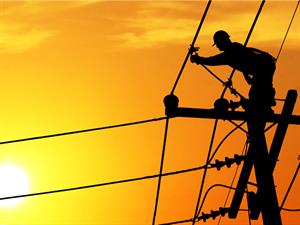
PUMPA - SMART LEARNING
எங்கள் ஆசிரியர்களுடன் 1-ஆன்-1 ஆலோசனை நேரத்தைப் பெறுங்கள். டாப்பர் ஆவதற்கு நாங்கள் பயிற்சி அளிப்போம்
Book Free DemoIn your daily life, you might have seen the street lamp, the electrical junction, and a tremendously constructed building. If you take a closer look, you might have seen a transversal lines in these constructions.
Example:
1. The electrical junction makes a transversal line.

2. The shadow of the street light makes the transversal line.

3. A well-constructed building's design.

Transversal is a line, which intersects two or more lines in different points.

Here, \(m\) and \(n\) are any two non-parallel lines and \(l\) is another line intersecting them at \(A\) and \(B\).
Such intersecting line \((l)\) is called as a transversal line because the line \(l\) intersects two lines at distinct points.
The line \(l\) is not a transversal to the lines \(m\) and \(n\), but it is a transversal to the pair of lines m and \(o\), \(n\) and \(o\).
Now, let us see some more lines. Observe the below two figures.
How do these images differ from the above figure?


The above figures are not a transversal line. Because the line \(l\) does not intersect the lines \(m\) and \(n\) at distinct points. So, it is not a transversal line.